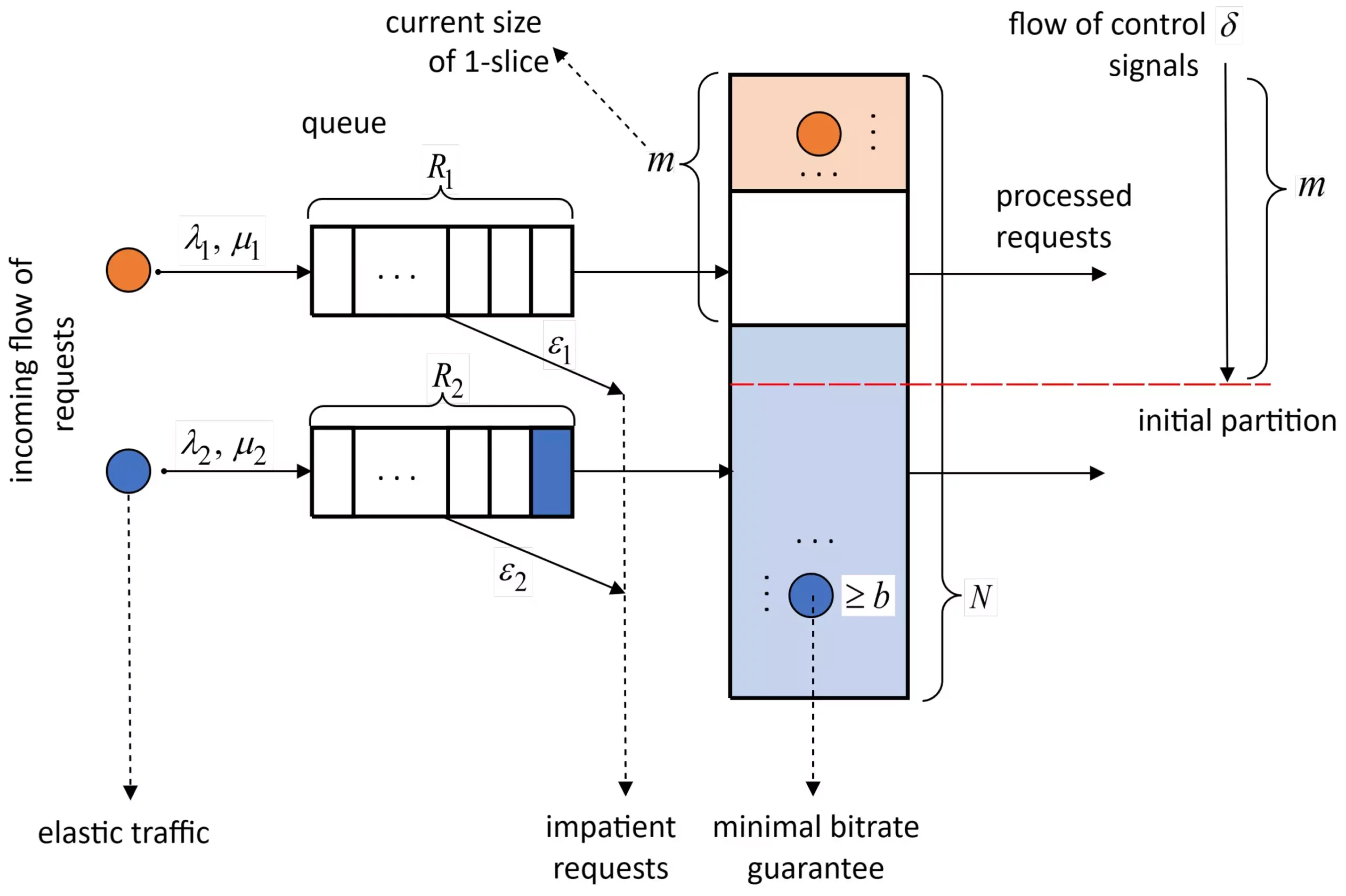5G networks offer a wide range of features, one of which is network slicing. Network slicing allows for the logical division of the network into segments based on current requests, ensuring a guaranteed level of signal quality. This segmentation offers providers the ability to allocate independent network resources on the same infrastructure, catering to the specific requirements of different users and services. However, the challenge lies in optimizing resource distribution when two services share elastic traffic. In this article, we will explore a new approach developed by mathematicians at RUDN University for effective resource allocation in 5G networks.
Network slicing is a technique that enables the deployment of isolated network segments on a shared infrastructure. Each segment is designed and optimized for specific requirements, such as cellular communications or the Internet of Things. The goal is to find the most efficient way to organize the redistribution of resources when slicing a 5G network. To tackle this challenge, Irina Kochetkova, Ph.D., Associate Professor at the Institute of Computer Science and Telecommunications of RUDN University, led a team of mathematicians in developing a mathematical model based on queuing theory and the Markov decision-making process.
The mathematicians at RUDN University built an iterative algorithm that focuses on three key principles: maximum matching for equal resource partitioning, maximum share of signals resulting in resource reallocation, and maximum resource utilization. By implementing these principles, the algorithm aims to find the optimal distribution of resources. The team conducted numerical experiments to validate the effectiveness and efficiency of the algorithm.
The numerical experiments conducted by the mathematicians demonstrated the fast convergence of the algorithm, with the optimal solution found in just three iterations. This rapid convergence indicates the efficacy of the proposed approach. The results also revealed that the new algorithm outperforms the brute force method, which involves exhaustive search. By analyzing the numerical experiments, the mathematicians were able to identify the factors influencing the optimal allocation of resources.
The numerical experiments conducted by the team revealed that the current state of the system and the weight ratios in the reward function play crucial roles in determining the optimal resource allocation. These factors inform the algorithm on how to prioritize and allocate resources effectively. Based on these findings, the mathematicians at RUDN University were able to develop a sequential algorithm that starts by maximizing resource utilization as a starting point. This balanced approach ensures the efficient calculation of the optimal resource scheduling policy.
Resource distribution in 5G networks poses a unique challenge, especially when multiple services share elastic traffic. The mathematicians at RUDN University have developed an innovative approach to address this challenge by creating an iterative algorithm based on queuing theory and the Markov decision-making process. This algorithm enables the optimal distribution of resources in a 5G network slicing environment, ensuring efficient utilization and meeting the specific requirements of different services. By considering the current state of the system and the weight ratios, the algorithm converges quickly and provides a balanced approach for resource allocation. This research contributes to the ongoing efforts in optimizing 5G networks and paves the way for the deployment of efficient and effective network slicing solutions.


Leave a Reply